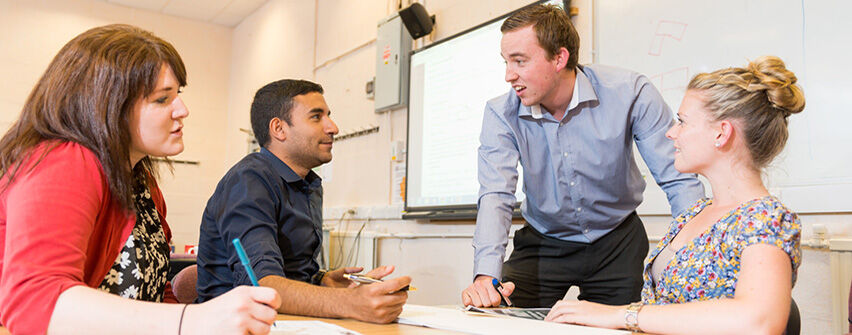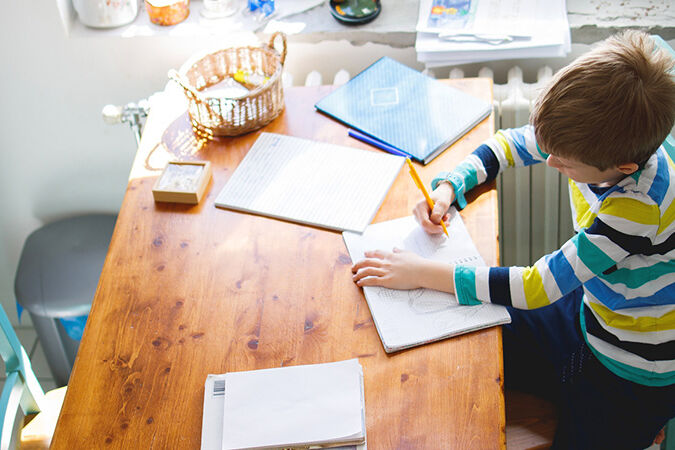Spinning the Child is the first sustained critical overview of the production and dissemination of recorded music for children. It examines how ideals of ‘the child’ and ‘the family’ have been constructed through folk music, the BBC radio, by Woody Guthrie, Sesame Street, The Muppet Show, Bagpuss, the contemporary children’s music industry and more. In this blog we ask Liam to tell us more about his research ahead of his CSPACE seminar on 15th December 2020.
Throughout the book, I’m interested in exposing the attitudes, morals and desires that adults communicate both to and about the child through music. I attempt to explain how recordings of music both reflect and shape transformations in a range of discourses of childhood. The first chapter covers the theories and conceptual ideas that arise when adults make music for both ‘the child’ and ‘the family’. By analysing the musical, lyrical and sonic attributes of thousands of recordings of music in specific social and historical contexts, I describe and discuss how adult gatekeepers conceived of their child and family audiences over the years, and how they created their musical products to meet particular ideological, educational and practical needs.
There is a chapter on the ideological and practical links between childhood and folk music. As well as the Romantic and religious links, I write about children’s song books, summer camps, schools, record labels and radio shows, mostly from the first half of the 20th century. I was awarded a Fellowship with the BMI/Woody Guthrie Centre which allowed me to visit Tulsa, Oklahoma, USA for three weeks to study the folk singer Woody Guthrie’s letters, diaries, notebooks, lyric sheets, artwork and personal record collection. I found 400+ of his songs for children; the vast majority had not been located or written about before.
Radio & TV
I also visited the BBC’s Written Archives in Caversham, Reading, UK to look closely at the corporation’s radio broadcasting for children and families in the 1940s (Children’s Hour) and in the 1950s and 1960s (Junior Choice). I managed to find all of the original lists of songs that were broadcast as well as lots of internal memos and communications that gave me a good idea of how the BBC thought about their child audience, and how these views changed over the 30 years of Junior Choice.
Producer George Martin made many records for families in his pre-Beatles days that were broadcast on the BBC and made the Top 40 charts. His, and many of the other songs in the book, contain ‘adult’ themes such as violence, suicide, sex, sexuality, death, anger and isolation - themes that are often absent from a protectionist ‘innocent’ childhood. I designed a ‘Music Hall’ formula that helped me describe how both the child and adult may be targeted by and engaged with the same piece of music.
As well as radio, I also look at music that has been created for specific television programmes, Sesame Street, Bagpuss, and the British music hall songs on The Muppet Show. For the final chapter, I interviewed dozens of people who work in the children’s music industry, mostly in the USA, as songwriters, performers, recording artists, managers, event organisers, and radio producers.
About the research
The book is a rewrite of my late-in-life PhD which took eight years part-time alongside my other work as a music teacher. I had to suspend my studies at one point. It all just got too much. I made a decision early on to choose a research method that I could do mostly at home by listening to lots of records and TV music made for children and families. As a musician, I was able to analyse the music and bring a level of attention to music for children that has often been ignored by many academics working in music.
Equally, I learned how to ‘read’ music on TV by looking at how music and visuals work together. I also read hundreds of academic books and journal papers about topics such as childhood, children’s media, humour, nostalgia, innocence, education, folk music and music hall. This included some critical theory to help me think about the power relationships that arise between the adult creator and the child listener.
To book a place onto the CSPACE seminar please go to: https://www.eventbrite.co.uk/e/spinning-the-child-musical-constructions-of-childhood-tickets-129491882707
Further reading:
- Racial Innocence: Performing American Childhood from Slavery to Civil Rights by Robin Bernstein. 2011. New York and London: New York University Press.
- The Queer Child, or Growing Sideways in the Twentieth Century by Kathryn Bond Stockton. 2009. Durham, NC: Duke University Press.
- Kermit Culture: Critical Perspectives on Jim Henson’s Muppets. Edited by Garlen, J. and Graham, A. 2009. Jefferson: McFarland & Co Inc.
- Signs of Childness in Children’s Books by Peter Hollindale. 1997. Stroud, Glos.: Thimble Press.
Links to songs referenced in the book
- ‘The Princess Suite’ from TV show Bagpuss
- ‘Little Seed’ by Woody Guthrie
- ‘Hole in the Ground’ by Bernard Cribbins, produced by George Martin
- ‘The Skin I’m In’ from Sesame Street
- ‘Any Old Iron’ from The Muppet Show
- ‘All Around the Kitchen’ by Dan Zanes
- ‘Party in My Tummy’ from TV show Yo Gabba Gabba





